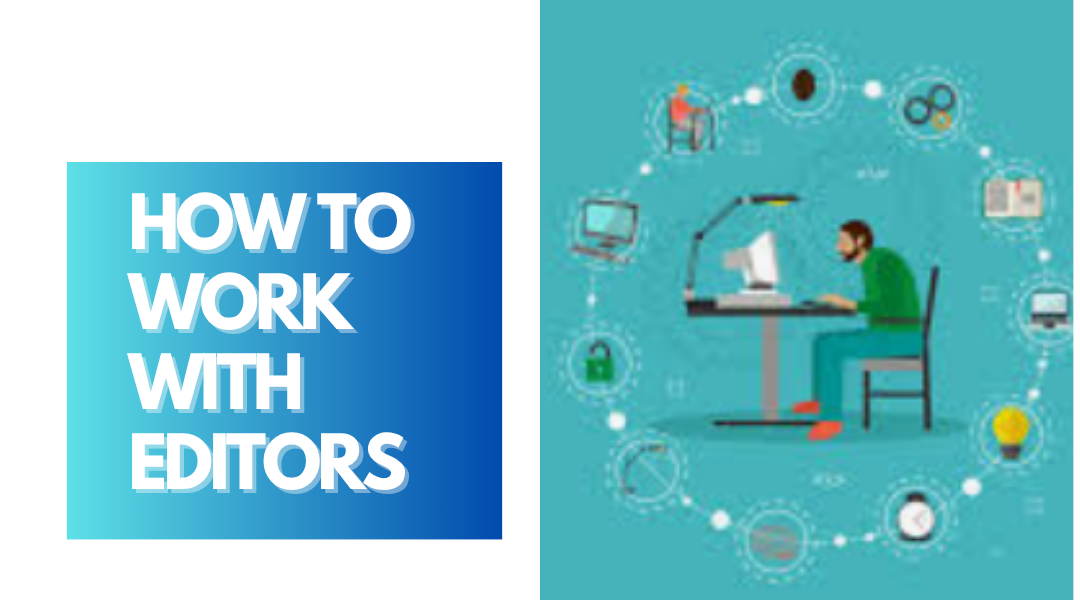Freelancing as a writer or content creator isn’t just about crafting great work. It’s about managing relationships, deadlines, and the occasional last-minute panic. And if you’re a mum juggling school runs, laundry, and client work? You need systems that actually work. Here’s how to stay on top of it all without burning out.
1. Editors Aren’t Gatekeepers—They’re Your Secret Weapon
A good editor doesn’t just fix commas—they sharpen your ideas, help you dodge clichés, and (when you’re lucky) even champion your work. But the relationship only works if you:
- Set clear expectations upfront: Before diving into a project, ask: “What’s your editing style—big-picture feedback or line edits? How many rounds of revisions do you expect?”
- Communicate like a pro: If your kid’s home sick or you’re swamped, don’t ghost—shoot a quick “I need an extra day on this, is that okay?” Most editors will appreciate the heads-up.
- Save the ego for later: That redlined draft isn’t a personal attack. The best writers treat edits like a collaboration. (Pro tip: Track changes in Google Docs so you can see their thought process.)
2. Deadline Hacks for the Chronically Overcommitted
We’ve all been there—saying “yes” to one too many projects, then realizing you’re on the hook for 5,000 words by Friday. Here’s how to avoid the scramble:
- Reverse-engineer your deadlines: If an article’s due Friday, block time for research (Monday), drafting (Tuesday-Wednesday), and editing (Thursday). Actual writing always takes longer than you think.
- Use time blocks (not just to-do lists): Instead of “write blog post,” try *”9:30-11 AM – draft intro + first section.”*
- The 2-day buffer rule: Always aim to finish 48 hours early. Why? Because someone will throw up on your laptop last-minute.
3. Turning Feedback Into Fuel
That sinking feeling when you get a draft back covered in comments? Normal. But here’s how to make edits less painful:
- First, walk away. Don’t react immediately. Let feedback marinate for an hour (or a coffee).
- Spot patterns: If multiple editors flag “too wordy” or “needs stronger hooks,” that’s your growth area. Keep a running list of recurring notes.
- Ask for clarity: If feedback feels vague (“make it pop!”), reply with “Could you share an example of the tone you’re aiming for?”
4. Your Freelance Binder (The Low-Tech Way to Stay Sane)
Forget fancy apps—sometimes a simple system works best:
- Master document: One Google Doc with links to all active projects, deadlines, and editor contacts.
- Email templates: Pre-draft replies for common asks (“Thanks for the edits! I’ll get these changes to you by __.”)
- The Done Folder: Move finished projects here. Instant morale boost when you need a “Look what I’ve accomplished!” moment.
The Real Secret? Boundaries.
Freelancing doesn’t mean being available 24/7. Set office hours (even if it’s *”9 AM-2 PM while the kids are at school”*), and stick to them. Editors respect consistency—not martyrdom.
Bottom line: Hitting deadlines and nailing edits isn’t about being perfect. It’s about being professional, adaptable, and just organized enough to avoid disaster. And hey, if all else fails? Chocolate and a 10-minute timeout work wonders.
